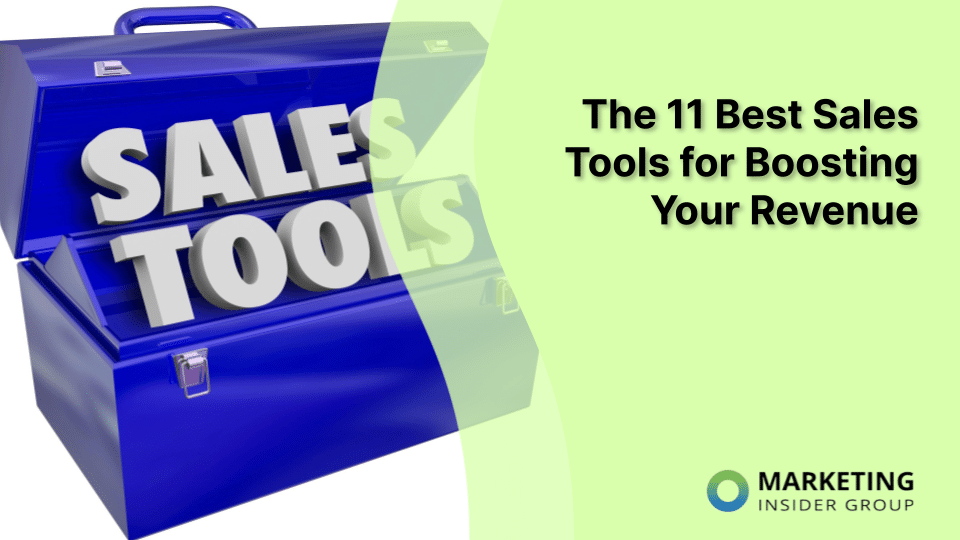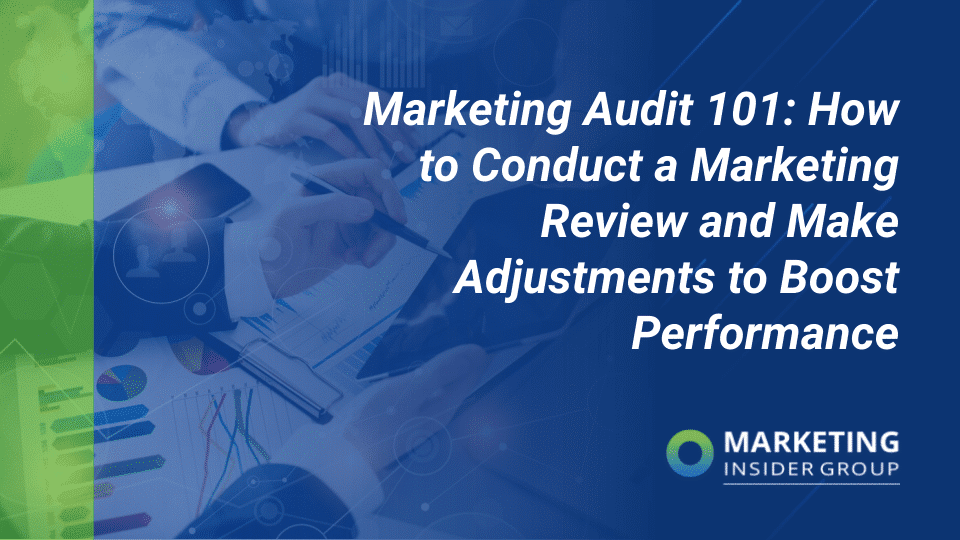
More LinkedIn Leads Can Destroy Your Revenue Performance
Because we find that sales and marketing leaders focus on lead generation instead of demand generation and full funnel marketing, I have interviewed our resident Challenger social selling expert – Ian Addison – on how more LinkedIn leads can be bad for your organization. Ian Addison, now the Managing Director of GetLinkedInHelp.com’s supply chain services and logistics technology division, played a major role in the challenger sale transformation in organizations like UPS and Schneider.
Question from Kristina Jaramillo: Why Do You Say That Organizations Should Shift Their LinkedIn Marketing and Social Selling Focus from Lead Gen to Demand Gen?
Almost every sales organization I speak with says they are coordinating with either their internal marketing team or exploring outsourced marketing groups in order to drive more leads. The position I take in this conversation is a bold one: Yes, we need a lead gen process in place but too much focus on lead gen will destroy your revenue performance as leads do not represent an opportunity.
What Do You Mean That a Lead Does Not Represent Opportunity?
The terms lead, prospect and opportunity are used interchangeably by many businesses, although in practice they represent three unique aspects of a potential client. These aspects need to be understood in order to support full funnel marketing and end-to-end sales pipeline success.
1) A lead is an unqualified potential client. In logistics, this exists where we’ve identified a contact at a business that moves physical goods, however, they may not be a fit for our key shipping lanes, tech solutions or business model.
2) A prospect is a sales-qualified potential client. A lead becomes a prospect when the sales person can identify a differentiated value proposition.
3) An opportunity is a self-qualified potential client. A prospect becomes an opportunity when the client lets loose their grip of the ‘status quo,’ and has become willing to have a conversation on how to close gaps.
Do You Have an Example That Shows That a Lead Does Not Represent an Opportunity?
I witnessed not one but two large supply chain networks relentlessly pursue Niagara Bottling for managed services and sole provider opportunities. They knew that Niagara had some 200 logistics people on staff, and yet they would target the company and invest sales and other subject matter expertise week over week, month over month, only to come out the other end with not a single new dollar in revenue.
Because Niagara had a staff of more than 200 logistics operations people, instead of supporting the organization with technology and expertise, the supply chain networks would be replacing Niagara employees. There’s no way that they would get buy-in at all levels. Also by nature of the low-margin product, they simply weren’t going to shell out for a premium transportation service. This was a great ‘lead’ but not a great ‘prospect’ because the customer had tons of volume but other characteristics of their business would prevent them from making a change.
An opportunity did not exist, though the conversations kept rolling to see if the service price would come down below market. As CEB has reflected in studies, 70% of customers have no intent to buy, though will continue to absorb the sales person time.
But How Does Focusing on LinkedIn Lead Gen Hurt Revenue Performance?
Generally speaking, 90% of the market is ‘not’ looking, ready, or even willing to consider buying now. Only 10% of our potential prospects are actual prospects, meaning 90% of them are just leads and would ‘stay’ as leads. But what about the entire middle-ground? What about the 60% that could be prospects but have yet to identify a need and therefore have no demand or appetite for change?
Because sales teams are so focused on leads and “getting the sales call” they’re going for volume because they know finding the3% that are open to buying now and the 7% that is open to buying but not looking is like finding a needle in the haystack. Because they’re playing a volume game, they’re only being relevant at the company and industry levels instead of at the rank and personal levels, which is what is necessary to inspire change. We have a tendency to simply throw out messages and hope something sticks. That’s why many sales teams still have the old-school 10% mindset…1 out of 10 leads will convert to a prospect, 1 out of 10 prospects will convert to an opportunity, and 1 out of 10 opportunities will convert to revenue. Lead gen is a broken process since we’re all still chasing the same 10% of the market.
Let’s simplify and say the close rate is 10%. For every 10 conversations, one turns into a relationship that ultimately generates revenue. If I throw more leads to the sales team, the close rate will remain unchanged. Before, they had to work through 10 leads to get 1 clean opportunity. Now they’ll have to work through 20 to get to 2. Or 30 to get to 3. The end ratio of 10:1 close rate remains entirely unchanged.
But how do I ensure the right ‘mix’? What happens if I get them out of order, and now the sales team has to chew through 45 to find 1? Maybe the next 5 opportunities would ALL pull through, but we don’t have time to get to them because we’re stuck working those first 45. Do you see how focusing on lead gen without any demand gen in place can hurt revenue performance?
What Can Sales and Marketing Teams Expect By Leveraging LinkedIn Demand Gen with LinkedIn Lead Gen?
LinkedIn demand gen which incorporates challenger educational selling, account based marketing, and nurturing practices, focuses on relevancy to the 60% of the market that is in status quo or wrongfully believe that they don’t need your solution. This market isn’t available to those focusing just on lead gen as they need a relationship based on relevant value. They need you to identify gaps in technology, systems, processes etc. and help them see a new path to the value that they deserve.
Because there is a focus on creating a relationship based on “relevant” value and real commercial insight that leads back to your organization’s competitive advantage, you can expect a 40% to 70% increased chance of closing when the lead becomes an opportunity. You’d be cutting your sales cycle time in half. Then, because you’ve shown them a new path to value instead of tossing solutions over the fence, you can achieve 40% more share of wallet from your clients.
Final Thoughts from Kristina Jaramillo
Most companies have recognized the gap between leads and revenue and they’re looking for ways to blend sales and marketing to drive revenue performance. Although they’re often still using marketing to fill the ‘top’ of the funnel rather than focusing on the middle and bottom of the funnel that brings prospects closer to a deal! Inside the “Beyond the Lead” LinkedIn community, you’ll find discussions on how you can use LinkedIn and social content to drive change, demand and revenues instead of just leads and interest.






